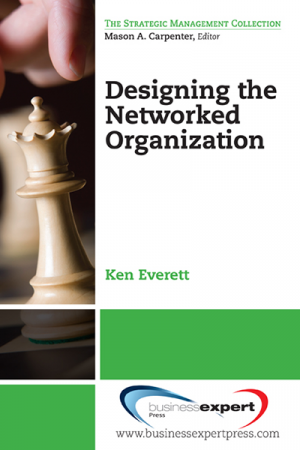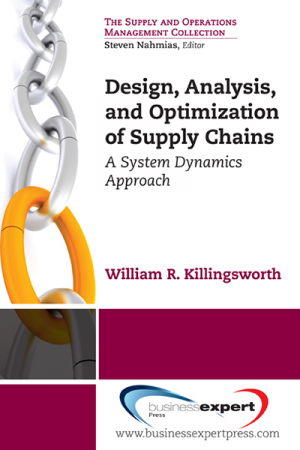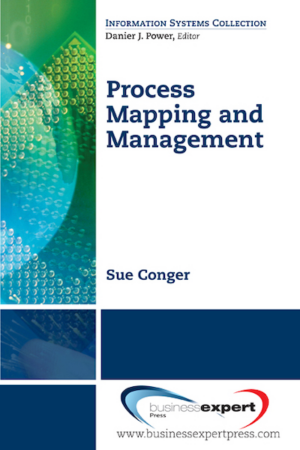Working With Sample Data: Exploration and Inference
$21.99Managers and analysts routinely collect and examine key performance measures to better understand their operations and make good decisions. Being able to render the complexity of operations data into a coherent account of significant events requires an understanding of how to work well with raw data and to make appropriate inferences.Managers and analysts routinely collect and examine key performance measures to better understand their operations and make good decisions. Being able to render the complexity of operations data into a coherent account of significant events requires an understanding of how to work well with raw data and to make appropriate inferences. Although some statistical techniques for analyzing data and making inferences are sophisticated and require specialized expertise, there are methods that are understandable and applicable by anyone with basic algebra skills and the support of a spreadsheet package. By applying these fundamental methods themselves rather than turning over both the data and the responsibility for analysis and interpretation to an expert, managers will develop a richer understanding and potentially gain better control over their environment. This text is intended to describe these fundamental statistical techniques to managers, data analysts, and students. Statistical analysis of sample data is enhanced by the use of computers. Spreadsheet software is well suited for the methods discussed in this text. Examples in the text apply Microsoft Excel. Readers will have access to the example workbooks and Adobe Flash videos illustrating key steps using Microsoft Excel from the Business Expert Press website.











